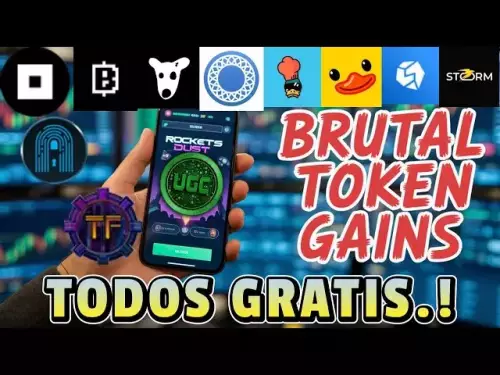-
 bitcoin
bitcoin $109667.069529 USD
-3.03% -
 ethereum
ethereum $3936.685804 USD
-4.07% -
 tether
tether $1.000493 USD
0.01% -
 xrp
xrp $2.771823 USD
-4.74% -
 bnb
bnb $957.805027 USD
-5.34% -
 solana
solana $196.735100 USD
-6.68% -
 usd-coin
usd-coin $0.999727 USD
-0.01% -
 dogecoin
dogecoin $0.227355 USD
-5.12% -
 tron
tron $0.335205 USD
-0.81% -
 cardano
cardano $0.779256 USD
-3.59% -
 ethena-usde
ethena-usde $0.999900 USD
-0.06% -
 hyperliquid
hyperliquid $42.492095 USD
-6.61% -
 chainlink
chainlink $20.501853 USD
-4.34% -
 avalanche
avalanche $28.952606 USD
-11.21% -
 stellar
stellar $0.356038 USD
-3.93%
web3 wallet transfer
Understanding the Web3 wallet transfer process allows you to securely and efficiently manage and transfer your digital assets, empowering you in the decentralized digital landscape.
Oct 20, 2024 at 11:17 pm

Web3 Wallet Transfers: A Comprehensive Guide
Web3, the decentralized version of the internet, has brought about significant advancements in digital transactions and wallet management. Web3 wallets, unlike traditional centralized wallets, grant users complete control over their digital assets and data. To ensure secure and efficient transfers within the Web3 ecosystem, understanding the transfer process is crucial.
Steps Involved in Web3 Wallet Transfers:
- Select a Reliable Wallet: Choose a reputable Web3 wallet that meets your specific needs. Some popular options include MetaMask, Trust Wallet, and Coinbase Wallet.
- Fund Your Wallet: Before initiating transfers, you need to acquire the necessary cryptocurrency to fund your Web3 wallet. This can be done through cryptocurrency exchanges or by using a debit/credit card.
- Obtain Recipient's Address: To send funds, you require the recipient's public blockchain address, which is a unique identifier for their Web3 wallet. Ensure the address matches the intended recipient.
- Specify Transfer Parameters: In the wallet interface, input the recipient's address, the amount to transfer, and select the desired gas fee. Gas fees are transaction costs associated with Web3 networks, which cover the computational power required to process the transaction.
- Authorize and Confirm: Once the transfer details are specified, you will be prompted to authorize and confirm the transaction. This may involve a digital signature or a two-factor authentication process.
- Monitor Transaction Progress: After initiating the transfer, you can track its status on block explorers like Etherscan or BSCScan. Transactions may take a few minutes to several hours to complete, depending on network congestion.
Additional Considerations:
Gas Fees: Gas fees vary based on network demand and transaction complexity. Consider adjusting the gas price or waiting for off-peak hours to minimize fees.
Transaction Confirmation: Most Web3 transactions require multiple confirmations from different network nodes to ensure validity. The number of confirmations required varies depending on the wallet and blockchain.
Security: Use strong passwords, enable two-factor authentication, and keep your recovery seed phrase confidential to maintain the security of your Web3 wallet and prevent unauthorized transfers.
Conclusion:
Web3 wallet transfers provide users with secure and efficient ways to manage and transfer digital assets. By understanding the steps involved and adhering to best practices, you can ensure that your Web3 transactions are executed smoothly and with minimal risks. Additionally, keeping abreast of the latest wallet technologies and security measures will further enhance your Web3 experience.
Disclaimer:info@kdj.com
The information provided is not trading advice. kdj.com does not assume any responsibility for any investments made based on the information provided in this article. Cryptocurrencies are highly volatile and it is highly recommended that you invest with caution after thorough research!
If you believe that the content used on this website infringes your copyright, please contact us immediately (info@kdj.com) and we will delete it promptly.
- BlockDAG's Miner Rollout: A Global Expansion Story
- 2025-09-26 14:45:12
- XPL Surge: Is It a Dead Cat Bounce or the Real Deal?
- 2025-09-26 14:45:12
- XRP, Axelar, and Interchain Transfers: A New Era for DeFi?
- 2025-09-26 14:25:13
- Epstein Files, Antonio Brown, and Trump: A Wild Intersection
- 2025-09-26 14:25:13
- Tech-Savvy Parents Face Unexpected Challenges: A Guide to Childproofing the Digital Age
- 2025-09-26 14:30:01
- Riding the XRP Wave: Debt Tokenization and the Next Bull Cycle
- 2025-09-26 14:30:01
Related knowledge
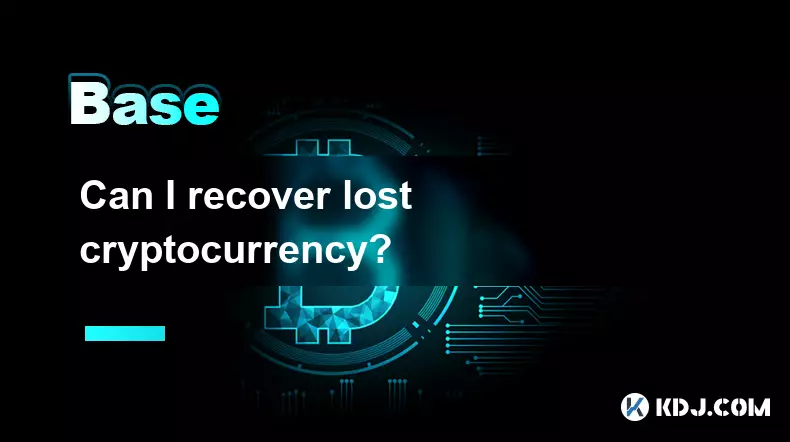
Can I recover lost cryptocurrency?
Sep 25,2025 at 08:18am
Understanding the Nature of Cryptocurrency Loss1. Cryptocurrency operates on decentralized networks, meaning there is no central authority to reverse ...
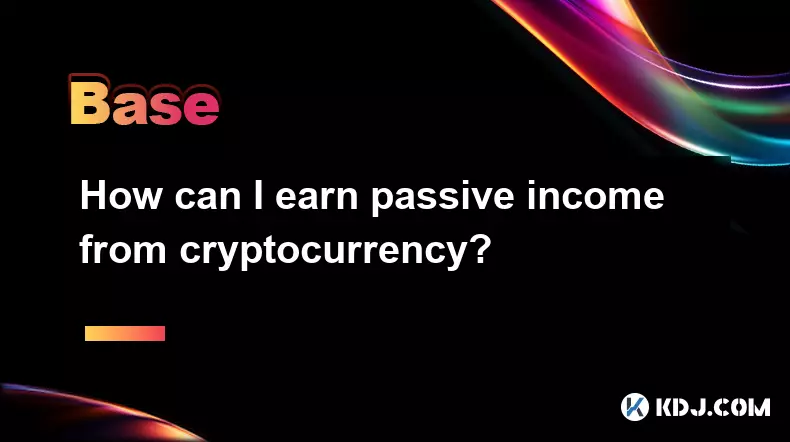
How can I earn passive income from cryptocurrency?
Sep 23,2025 at 10:18am
Staking Cryptocurrencies for Regular Returns1. Many blockchain networks operate on a proof-of-stake (PoS) consensus mechanism, allowing users to earn ...

What are gas fees in cryptocurrency transactions?
Sep 26,2025 at 02:00am
Understanding Gas Fees in Blockchain Transactions1. Gas fees are payments made by users to compensate for the computing energy required to process and...
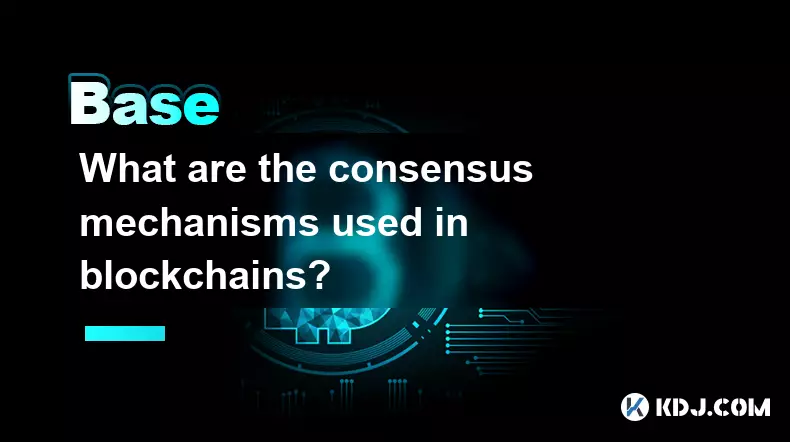
What are the consensus mechanisms used in blockchains?
Sep 24,2025 at 10:00am
Proof of Work and Its Role in Blockchain Security1. Proof of Work (PoW) is one of the earliest consensus mechanisms, first implemented by Bitcoin. Min...
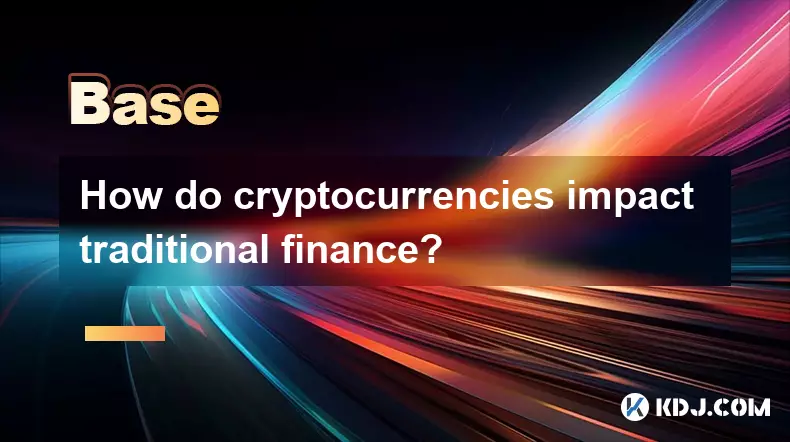
How do cryptocurrencies impact traditional finance?
Sep 26,2025 at 05:54am
Disruption of Centralized Banking Systems1. Cryptocurrencies challenge the authority of central banks by offering decentralized alternatives to fiat c...

Is there a finite supply of Bitcoin?
Sep 23,2025 at 06:00am
Bitcoin's Fixed Supply Mechanism1. Bitcoin was designed with a hard cap of 21 million coins, making its supply finite and predictable. This limit is h...

Can I recover lost cryptocurrency?
Sep 25,2025 at 08:18am
Understanding the Nature of Cryptocurrency Loss1. Cryptocurrency operates on decentralized networks, meaning there is no central authority to reverse ...

How can I earn passive income from cryptocurrency?
Sep 23,2025 at 10:18am
Staking Cryptocurrencies for Regular Returns1. Many blockchain networks operate on a proof-of-stake (PoS) consensus mechanism, allowing users to earn ...

What are gas fees in cryptocurrency transactions?
Sep 26,2025 at 02:00am
Understanding Gas Fees in Blockchain Transactions1. Gas fees are payments made by users to compensate for the computing energy required to process and...

What are the consensus mechanisms used in blockchains?
Sep 24,2025 at 10:00am
Proof of Work and Its Role in Blockchain Security1. Proof of Work (PoW) is one of the earliest consensus mechanisms, first implemented by Bitcoin. Min...

How do cryptocurrencies impact traditional finance?
Sep 26,2025 at 05:54am
Disruption of Centralized Banking Systems1. Cryptocurrencies challenge the authority of central banks by offering decentralized alternatives to fiat c...

Is there a finite supply of Bitcoin?
Sep 23,2025 at 06:00am
Bitcoin's Fixed Supply Mechanism1. Bitcoin was designed with a hard cap of 21 million coins, making its supply finite and predictable. This limit is h...
See all articles





















